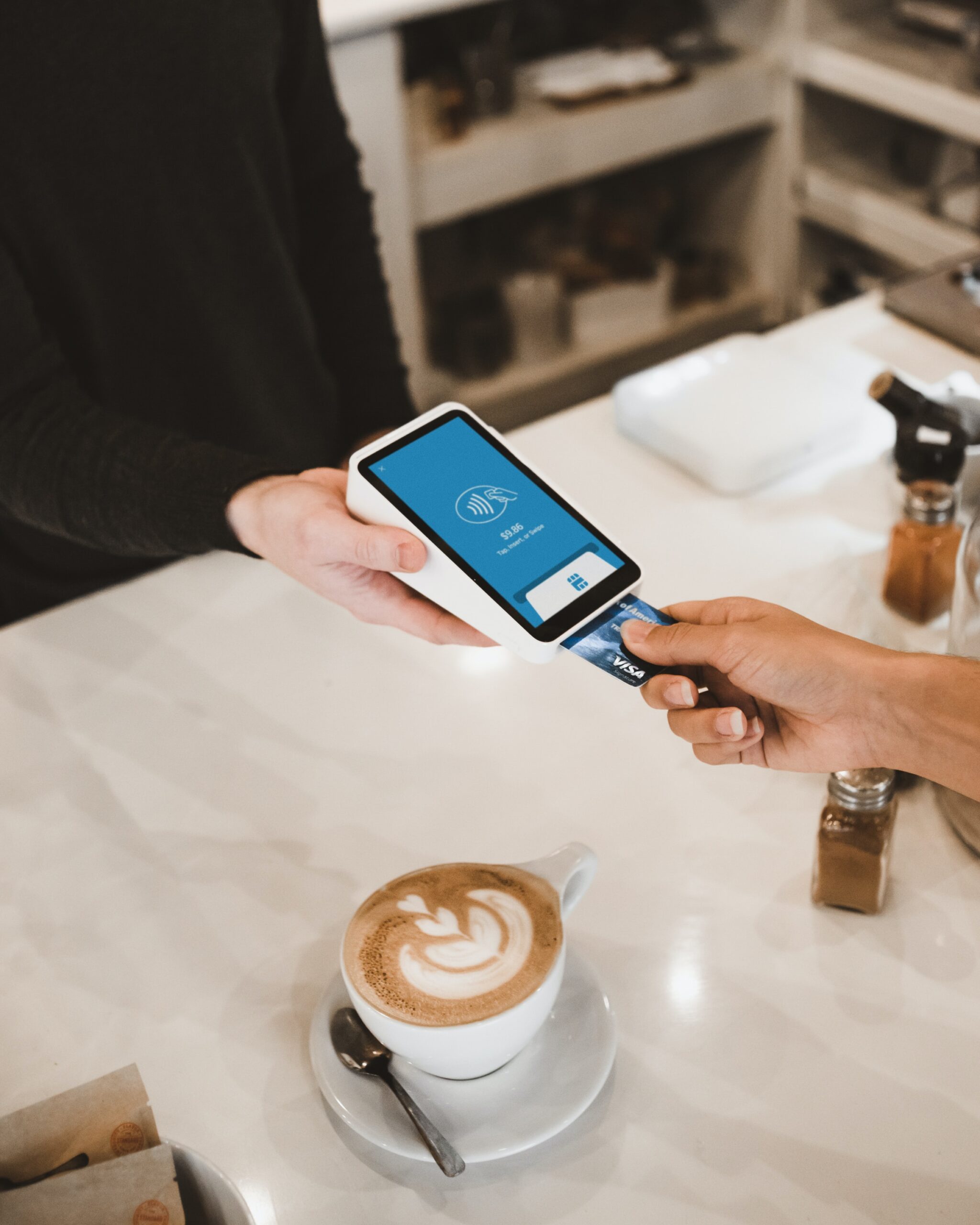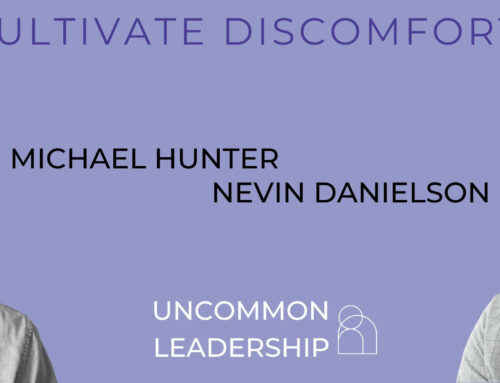In the fast-paced world of modern workplaces, it’s easy to fall into the trap of seeing employees as cogs in a machine, each with their specific roles and responsibilities. However, beneath these well-defined job descriptions lies a wealth of untapped perspective and value that often goes unnoticed. This oversight isn’t due to any willful neglect, but rather a result of ingrained patterns and conventional expectations. Let’s explore this phenomenon through the story of a barista at a well-known coffee chain.
Meet Sarah, the barista in question. While her primary role is to brew and serve coffee, Sarah takes it upon herself to inject a unique and delightful twist into her interactions with customers. Instead of simply taking orders and calling out names, she engages in playful banter, sometimes renaming customers on their coffee cups based on her perception of their “true” name. For instance, she might say, “You look more like a Bob. I’ll put in your order as Bob.” This simple act of renaming has transformed the coffee-buying experience into something far more memorable and entertaining for customers.
You look more like a Bob. I’ll put in your order as Bob.
But how does Sarah bring this other part of herself to her role, and is it something that anyone in her position can do? Let’s delve into the factors that allow her to redefine her function:
Empowerment: Sarah’s coffee chain recognizes the importance of individuality and customer engagement. They provide her with the autonomy to infuse her unique personality into her work. This empowerment is crucial because it allows her to explore beyond the traditional script.
Customer-Centric Approach: Sarah understands that the coffee shop experience isn’t just about the coffee itself; it’s about the entire interaction. By putting customers at the center of her approach, she takes the initiative to create memorable moments that go beyond their caffeine fix.
Risk-Taking: Going off-script, as Sarah does, comes with its fair share of risks. What if a customer doesn’t appreciate the humour? What if someone takes offense? I suspect Sarah has the courage to take these risks because she genuinely believes in the value of her approach and she is in an environment where this kind of risk is acceptable. This kind of calculated risk can pay off in customer satisfaction and loyalty… or it won’t. An environment that celebrates the learning more than the potential downside is critical.
Personal Courage: To break free from convention and redefine her role, Sarah had to summon personal courage. She needed to step out of her comfort zone and embrace her creativity. This courage is what sets her apart from others in similar positions.
Passion and Authenticity: Sarah’s ability to bring her unique perspective to her job is rooted in her passion for creating enjoyable experiences. She is authentic in her interactions, and customers can sense her genuine enthusiasm, which fosters trust and connection.
So, what can we learn from Sarah’s story? It’s a reminder that every employee, regardless of their role, possesses a wealth of untapped potential. To unlock this potential, organizations need to encourage creativity, empower their employees, and foster an environment where taking calculated risks is encouraged.




